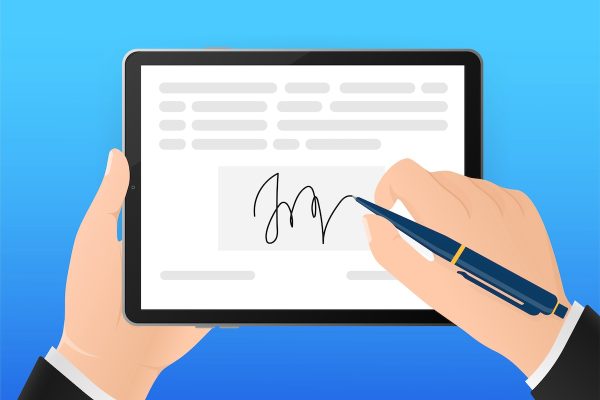How to run disk defragmenter and disk cleanup in Windows 8
Many of the clients I work with have been taught over the years to periodically run two Windows tools—Disk Defragmenter and Disk Cleanup. While I don’t think the bang for the buck is as great as it used to be with today’s faster, larger storage based computers, there definitely is no harm in still using these two tools.
The problem, however, is that with Windows 8, the Disk Defragmenter and Disk Cleanup tools are a lot harder to find, mainly because there are no default tiles for these tools on the new Windows 8 Start screen. Also, Disk Cleanup now comes in two flavors—the traditional Disk Cleanup interface and the new “Free up space on this PC” Windows 8 interface.
So where do you start? Well, I’m going to walk you through the quickest way I know to get to these two tools. Are they the only way to access them? Of course not. As with many tasks in Windows 8, there are several ways to access each of these tools. I’m going to focus on what I think is the quickest way.
Defragment and Optimize Drives
Notice the title of this section isn’t Disk Defragmenter? That’s what you may still call it but in Windows 8 it’s referred to as Defragment and Optimize Drives. The easiest way to access it is from your Windows 8 Start screen (press the Windows key on your keyboard to get there).
From the Windows 8 Start screen, you can either start typing the word “defragment” which will initiate a Windows search or, if you have Windows 8.1 or higher installed, you can click the magnifying glass near the top right of the screen and type “defragment” in the search box. Either way, you’ll get a result similar to this:
You’ll want to click the search result titled “Defragment and optimize your drives” which will bring up the traditional disk defragmenter you are used to.
From here you can run the disk defragmenter by using the Analyze and Optimize buttons but I want to draw your attention first to the bottom of the screen under the “Scheduled optimization” section. You may be surprised to discover that your computer is already, out of the box, optmizing your drives on a regular basis. If you do have a schedule set up, just leave things along and let Windows 8 take care of this for you. If you don’t have a schedule set up, click the Change settings button and set up your own schedule. Then stop worrying about having to do this task ever again.
Disk Cleanup
Like I mentioned above, Disk Cleanup has two flavors in Windows 8. I think the new version is too watered down so I’m going to tell you how to get to the traditional version.
To find the original Disk Cleanup tool, go back to the Windows 8 Start screen and start typing the words “administrative tools” which will initiate a Windows search or, if you have Windows 8.1 or higher installed, you can click the magnifying glass near the top right of the screen and type “administrative tools” in the search box. Either way, you’ll get a result similar to this:
This will bring up the Administrative Tools section of the Control Panel:
Double-click the Disk Cleanup tool and you’re in business.
Create shortcuts to save time
While you’re viewing the Administrative Tools window, you might want to make things easier for next time by creating shortcuts (tiles) for both Defragment and Optimize Drives and Disk Cleanup. To do this, right-click on each item in the Administrative Tools window and then left-click Pin to Start on the pop-up menu that appears.
When you are done, you can return to the Windows 8 Start screen (you may have to horizontally scroll all the way to the right) and you should see tiles for both Defragment and Optimize Drives and Disk Cleanup. Next time, you want to run either of these tools just click the appropriate tile.















